The Secrets of Concours-Level Car Detailing
At every concours d'elegance, there is a moment when the crowds go quiet and photographers stop shooting. It happens when a truly exceptional car rolls onto the field.
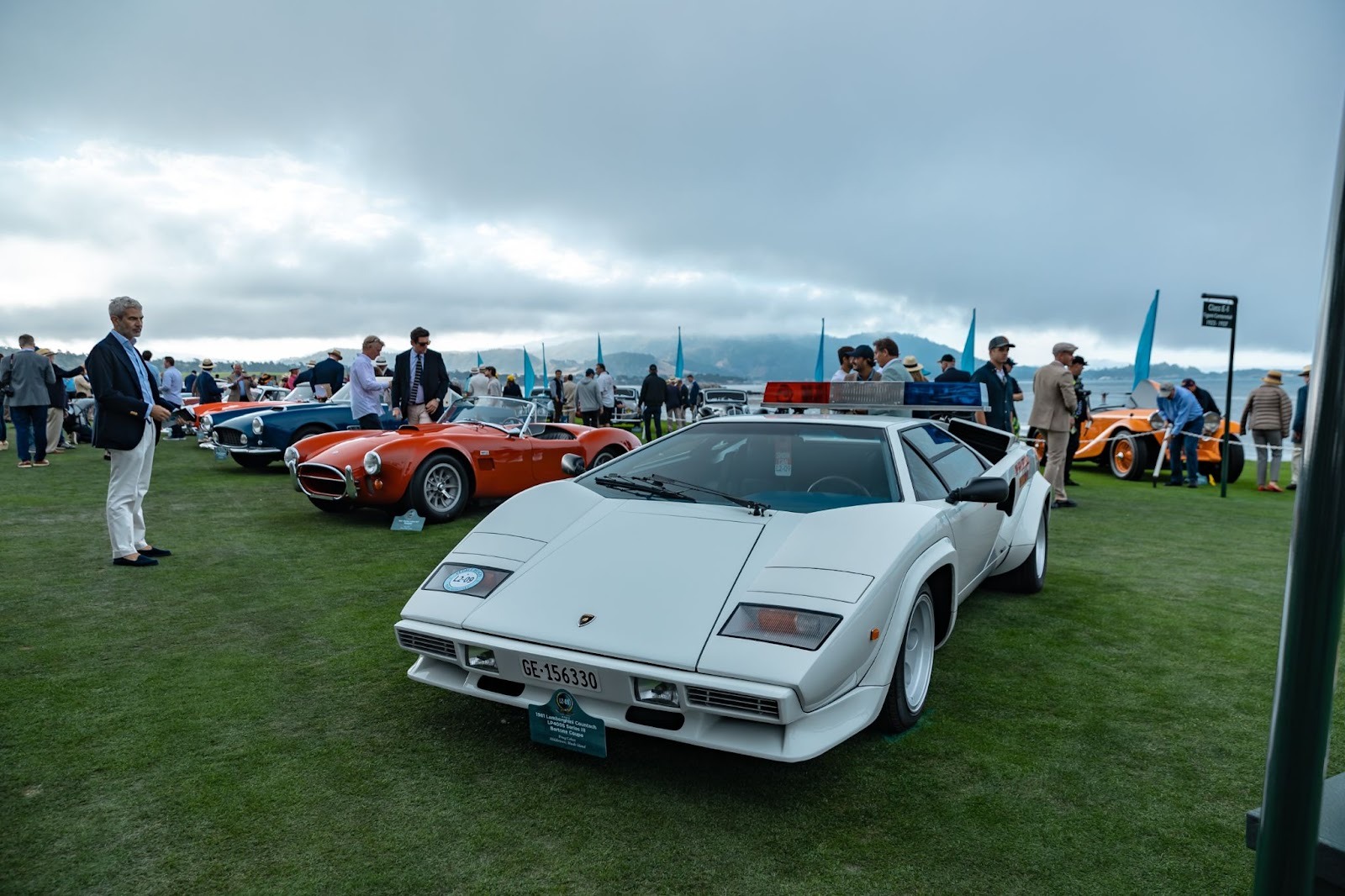
A quick wash and tire shine at your local Cars & Coffee gathering could result in some admiring nods. But events like Pebble Beach Concours d'Elegance or Amelia Island operate at an entirely different level. They are curated exhibitions where vehicles are scrutinized by automotive designers, car historians, racing drivers, and respected journalists. The judges who are inspecting your car could have a greater knowledge of automotive history than most car enthusiasts will ever learn.
"Every car that is on the field has already won just by being there," explains Chris Brewer, director of communications at Amelia Island. This statement carries profound weight. Simply receiving an invitation to display your vehicle at a premier concours can increase its value and permanently elevate its status among collectors. More than half of all applications are rejected, not due to poor quality, but because of the high number of exceptional entries competing for limited spaces.
Understanding this context is crucial. The casual car show tactics that are successful at regional events, like decorative props, handwritten signs that explain your car's history, or that last-minute detail spray, are not as effective at concours events.
What Really Sets Concours Detailing Apart
Concours detailing is about conserving a vehicle's originality, respecting the designer's intention, and showcasing automotive history with reverence.
The first rule every concours veteran learns is that your hood stays closed unless judges specifically request otherwise. Car bodies were designed with their hoods down, and that's how judges want to see them initially. Your engine bay may be a source of pride, but judges will assess the vehicle as it was designed. At certain concours events, engines are not examined at all. When they are, you'll be asked to open the hood, show the mechanical components, then close it again.
This philosophy extends throughout the preparation of the concours. Judges are looking for factory-correct details, not embellishments. Props detract from the car's inherent beauty. Aftermarket accessories, no matter how period-appropriate they seem, can cost points. Even storyboards explaining your car's history, which are common at local shows, look amateurish at premier events and count against you.
The true concours detailing includes all visible surfaces, such as the undercarriage, engine bay, door jambs, wheel wells, and even the fasteners. Subtle elegance consistently outshines flashy presentation. The goal isn't to make your car look better than the factory, but rather make it look like it just rolled off the production line after receiving the most meticulous care.
Concours-Level Prep
When professional restorer Travis Levine prepares vehicles for top-tier concours events, he doesn't measure time in hours but in weeks. "When you're preparing a car for a concours, you aren't spending a day on it. You're spending a week. You're putting 80, 100 hours into a car," Levine explains. This is the reality of achieving concours-level results. This time can be broken down into several stages.
Initial Analysis & Game Plan
Everything begins with systematic assessment. What requires correction versus enhancement? Professional preparers use vehicle-specific scoring sheets, similar to those employed by Ferrari estimators, evaluating paint condition, trim quality, panel gaps, chrome finish, glass clarity, interior wear, and hardware authenticity.
The key insight, as Levine describes it: "You need to see what are the weakest points and then build up those. Then when you bring everything up to the same level, it's how do we elevate that level as a whole beyond that?" This might involve spectro-analysis to match unknown paint codes or evaluating oxidation on nickel plating, which requires different care than chrome due to its softer composition.
In other words, professional preparers would create detailed checklists identifying every component needing attention, prioritizing work based on judging criteria and the specific event's standards.
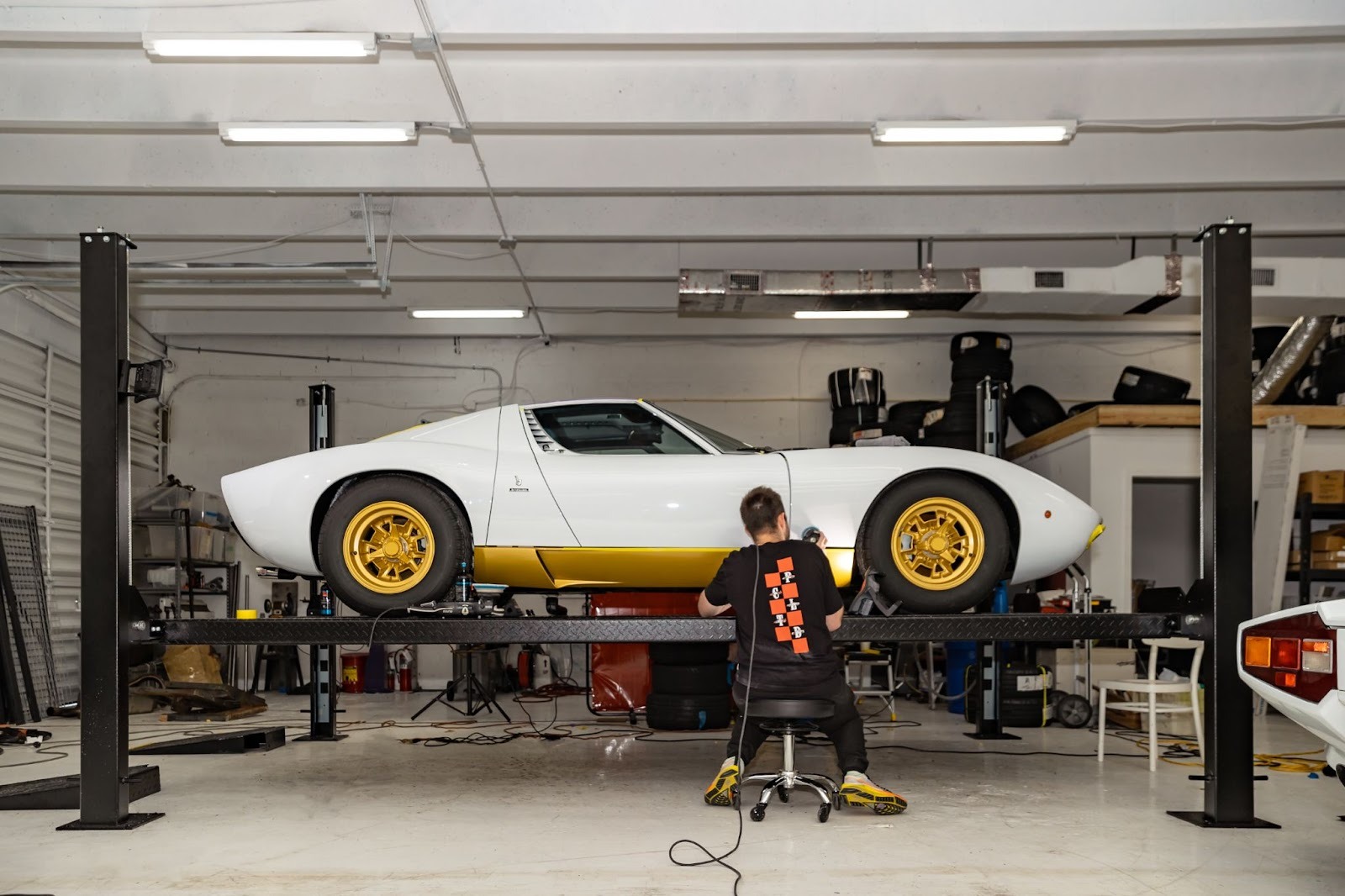
Exterior Perfection
Achieving concours-worthy paint requires multiple stages, each executed with precision. The process begins with thorough decontamination using the two-bucket method, one with soapy water and another with clean rinse water to prevent reintroducing contaminants on the paint surfaces.
Pre-rinsing removes loose debris before applying foam. The pH-balanced foam is placed on surfaces to soften embedded dirt without scratching. Hand washing that follows should be done using high-quality microfiber mitts in straight-line motions instead of circular patterns that can create swirl marks.
Even after washing, microscopic contaminants remain embedded in the paint. The clay bar treatment can help lift these particles, resulting in glass-smooth surfaces. Iron decontaminant is another useful tool for vehicles with heavy brake dust or industrial fallout because it dissolves metallic particles that clay bars can't remove.
Paint correction is the most critical and labor-intensive aspect in the prep work. The removal of swirl marks, scratches, and oxidation is usually achieved through machine application and multiple polishing stages. Professional preparers would start with test sections to gauge compound aggressiveness, then progress through cutting compounds, finer polishes, and sometimes jeweling compounds for mirror-like finishes.
Specialized LED or halogen lighting can help reveal imperfections invisible under regular illumination. This is where amateur attempts may fail. What looks perfect in garage lighting will show every flaw under professional examination.
Matching colors for touch-ups requires a lot of expertise and patience. Modern paint codes may not exist for vintage vehicles, which requires spectro-analysis and custom mixing.
The final protection is based on the intended use and personal preference. Here are your options:
- Natural carnauba wax provides a warm and deep gloss that lasts for several weeks.
- Synthetic sealants can last up to twelve months and protect against UV rays and contaminants.
- Ceramic coatings represent ultimate protection, lasting years while providing hydrophobic surfaces that resist light scratches and chemicals.
Engine Bay
When it comes to the engine bay, the goal is to achieve period-correct cleanliness, not artificial showroom appearance. Some judges never examine engines, but when they do, they immediately detect poor preparation. What to do to make sure the engine bay is in line with their expectations?
The process starts with removing the air cleaner assemblies to gain access to the carburetor. Brass fittings should receive a good level of attention using dental-grade micro-polishers, which are small latex tools impregnated with mild abrasives originally designed for porcelain dental work. By cleaning without over-polishing, these maintain the natural brass appearance.
Professional preparers would then fill paint marker pens with brass treatment solutions and brush them onto components, similar to how artists apply paint. The solution sits briefly before gentle polishing, achieving natural cleanliness.
Sometimes, it’s necessary to replace hardware. The original black oxide fasteners may need replacing with zinc-plated substitutes. Concours preparation involves sourcing period-correct hardware and returning components to factory specifications.
Creative solutions are sometimes necessary for modern components. To hide contemporary batteries in vintage engine bays, preparers may install period-style tops or position them discreetly. Oil filters may need to be replaced with period-correct filters bearing appropriate markings for the vehicle's birth year.
The key principle: avoid over-restoration. Your car’s engine bay should look properly maintained, not artificially perfect. It’s more about authenticity over excessive detailing.
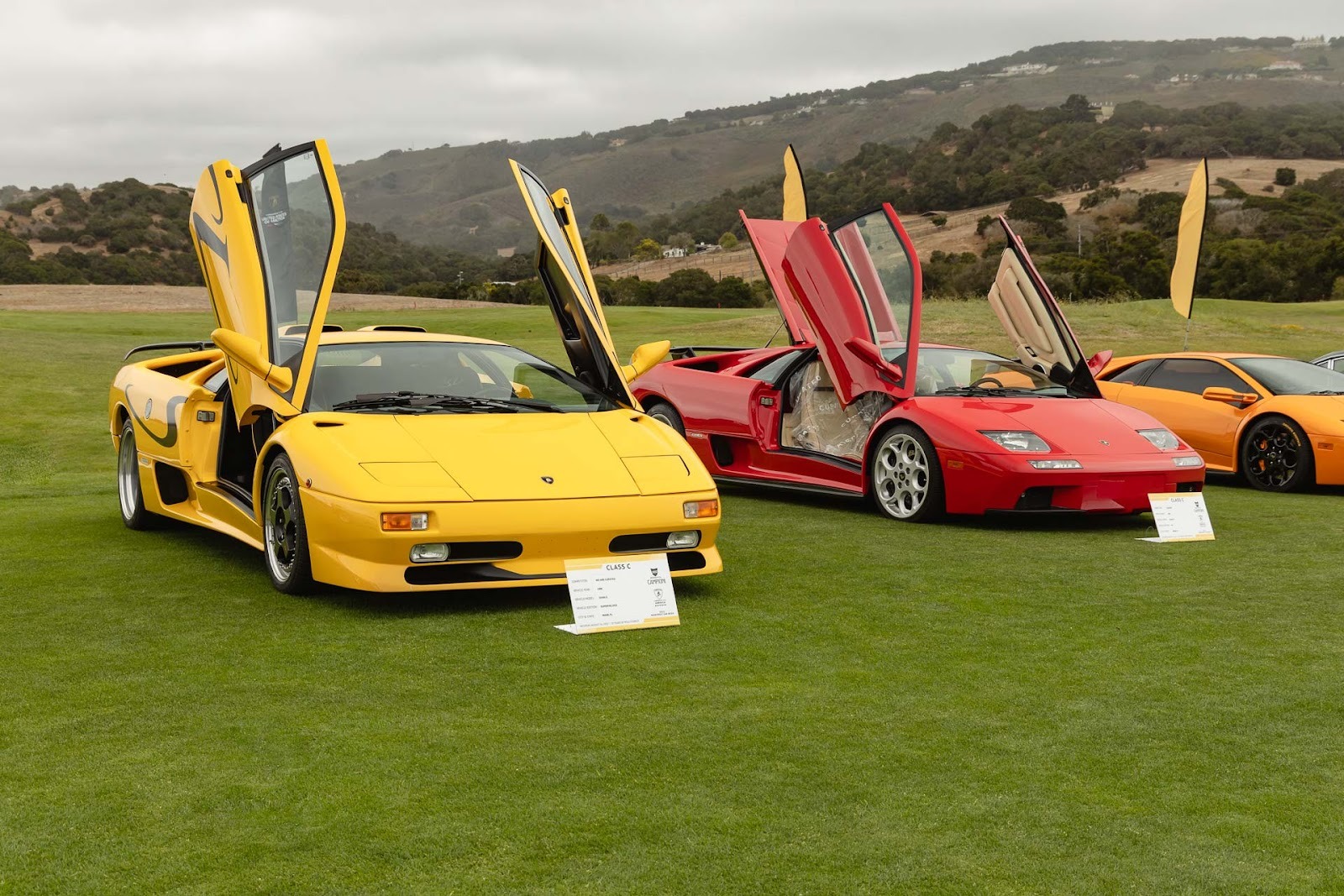
Interior
Interior preparation demands careful attention to every visible surface, as well as many that aren't immediately obvious. Judges may examine areas that most owners ignore: headliners, under-dash regions, door latches, and seat seams.
Leather should be treated with pH-balanced cleaners and quality conditioners. The goal is to maintain flexibility and prevent cracking while achieving an appropriate appearance. Glossy leather treatments can look artificial and attract dust.
Wood components, such as dashboards, steering wheels, and trim pieces, would receive furniture-grade beeswax or Renaissance wax applied with the grain. This provides subtle protection and enhances the natural beauty of wood without creating a plastic-like shine.
Vinyl and plastic surfaces require matte finishes to avoid greasy residues. Pro preparers would also use water-based treatments to protect against UV damage and maintain the factory's appearance.
Detail work is another area where professionals stand out from amateurs. Individual attention should be given to vents, gauges, switches, and seams using cotton swabs and soft brushes. Chrome seat belt hardware would get polished too. Door latches, a favorite point of judge inspection, need to receive thorough cleaning, often with WD-40 that removes accumulated grime.
It is important to keep areas such as center consoles and door pockets clean and empty. Professional preparers would clean dashboards where dust and debris accumulate over years.
Undercarriage & Wheels
Beautiful vehicles are often penalized because of neglected wheels and undercarriages. Owners don't pay much attention to these areas but judges do.
Wheel cleaning requires inside-out attention, including behind spokes and around lug nuts. Professional preparers opt for proper cleaning and light protection instead of wheel dressings that attract road dirt.
The preparation of tires is equally crucial. Sidewalls must be clean enough to prevent fingers from turning black when touched. Tire dressing, if used, provides satin or matte finishes. Glossy treatments are penalized at most concours events. The dressing must be completely dry to prevent it from slinging onto the paint during transport.
Undercarriage work involves degreasing, dusting, and light polishing or protection. Professional preparation might include repainting suspension arms, brake components, or other visible elements. The aim is to achieve proper cleanliness and protection, not perfection.
The importance of period-correct wheel finishes is enormous. For example, the powder coating on 1960s vehicles is not correct unless it is specified by the factory. Chrome, painted, or natural aluminum finishes must match the original specifications.
Documentation & Provenance
Professional presentation matters as much as the vehicle itself at concours events.
So bring detailed binders containing build sheets, period photographs, and VIN-specific documentation. Factory authenticity certificates carry significant weight during premium auto events.
Restoration information should only be included if it was performed by trusted shops. Quality restoration work adds credibility, while unknown shops may raise questions about accuracy.
Avoid appraisal documents. Judges already know car values better than owners, and market information doesn't influence their criteria. Generic magazine articles about your car's model add little value. What they all want is specific history about your individual vehicle.
Don't misrepresent the history of your car. If you make false claims about celebrity ownership or incorrect model designation, you could be permanently blacklisted from premier events. If your car has a unique provenance, be sure to bring documentation that proves the claims.
Large display boards distract from the vehicle and consistently count against scores. Professional presentation means letting the automobile speak for itself while discreetly providing supporting documentation.

Show Field Etiquette
Concours success depends as much on owner behavior as vehicle preparation.
Keep your hood closed unless specifically requested. No exceptions. Photographers prefer vehicles with hoods down because open hoods destroy design lines. The judges who want to examine your engine will ask you to open it.
Remove all non-factory items from your vehicle and display area. Vintage picnic sets, period tools not specific to your car, trophies from other events, or decorative elements are distractions. If the components did not come from the factory as standard equipment or authorized accessories, leave them at home.
Be present and available. Failing to meet judges at your vehicle almost universally costs points. If you are unable to attend, having knowledgeable representatives is acceptable, but they must be able to know your car's complete history and preparation details.
Answer only questions asked. Don't provide information about problems, previous damage, or restoration challenges unless you are directly asked. Let the judges discover these issues through their examination. Don't interfere with their detective work.
Our belief is that concours events celebrate stewardship, not ego. You're presenting your vehicle as a custodian of automotive history, not seeking personal recognition.
Concours Prep Mistakes
Here is a list of errors not to make:
❌ Polish residue in crevices - use soft brushes or compressed air to remove wax dust from seams and trim pieces.
❌ Tire shine on sidewalls - clean tires should feel dry to touch; glossy treatments appear artificial and attract dirt.
❌ Dead battery or empty fuel tank - judges expect vehicles to start and demonstrate operational lights, horn, and accessories.
❌ Mismatched or non-period hardware - every visible fastener should match factory specifications for finish and type.
❌ Over-detailed engine bay - avoid artificial high-gloss finishes; aim for appropriate cleanliness matching the car's era.
❌ Props and signage - any items not original to the vehicle detract from the judges’ focus.
❌ Incorrect paint matching - touch-up work using wrong colors or improper blending techniques is immediately obvious.
❌ Missing documentation - bring factory certificates and provenance materials to support authenticity claims.
More Than a Trophy
The transformation that takes place during the process is what makes concours preparation a true victory. By becoming intimately familiar with every aspect of your vehicle, you understand design decisions, engineering compromises, and manufacturing details that are invisible to casual observers. This knowledge changes how you experience your car forever. Every drive becomes an appreciation of craftsmanship. Every glance reveals details previously overlooked.
The preparation process also honors everyone who contributed to your car's existence: designers who shaped its form, engineers who solved technical challenges, craftsmen who built it, and restorers who preserved it.
Even without awards, properly prepared vehicles command respect within collector communities. By preparing for concours, you can become a better enthusiast, more knowledgeable collector, and a worthy custodian of automotive history.
About Curated
At Curated, we approach automotive preservation as historians committed to safeguarding the golden era of European supercars. Since 2015, founders John Temerian and Jordi Ricart have established ourselves as premier authorities on low-production supercars from the 1970s through early 2000s.
We aim to guide and support custodians throughout their ownership journey. By offering collectors practical knowledge and resources to preserve these vehicles, we encourage enthusiasts to enjoy their passion while also helping maintain automotive heritage for future generations.



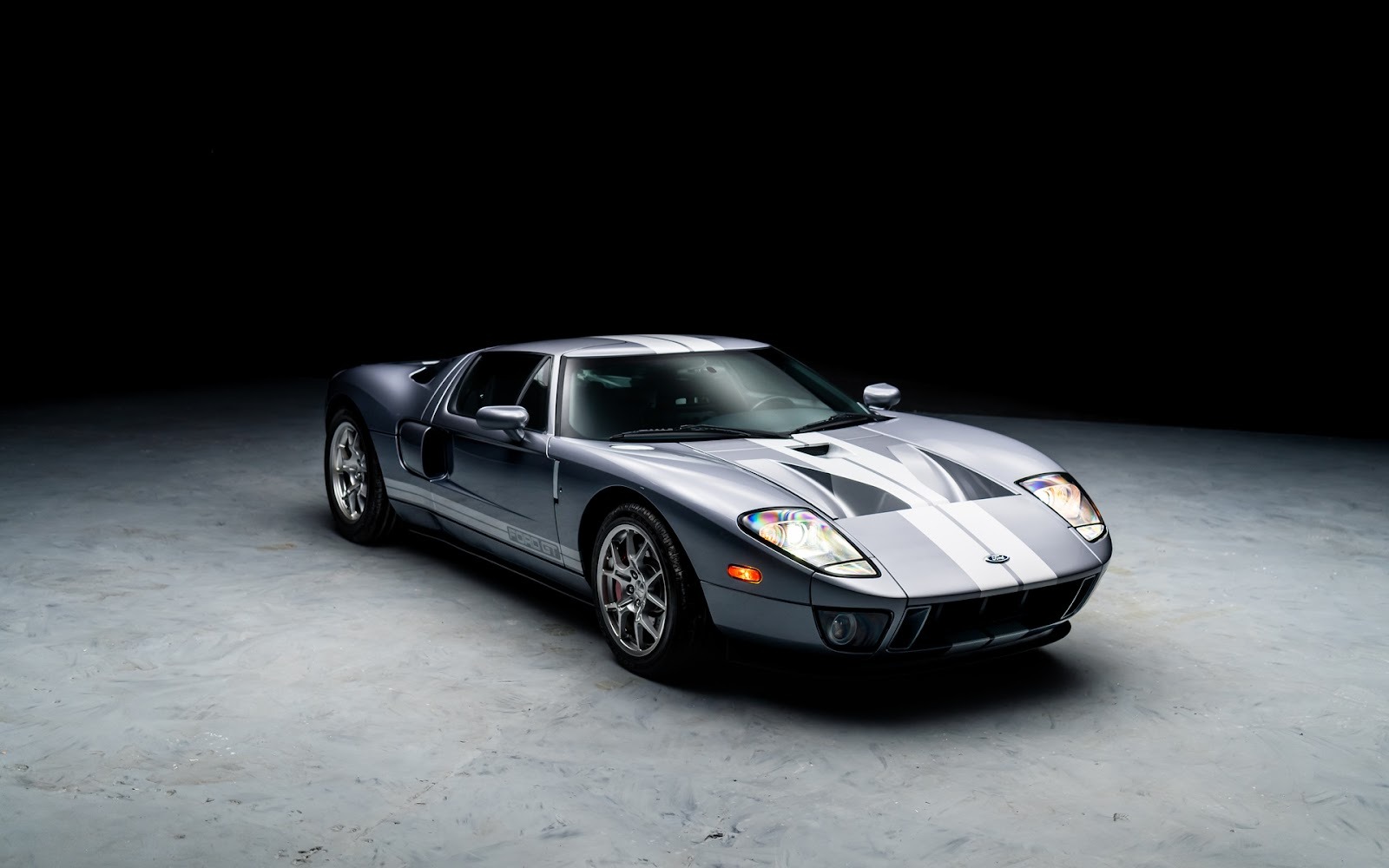
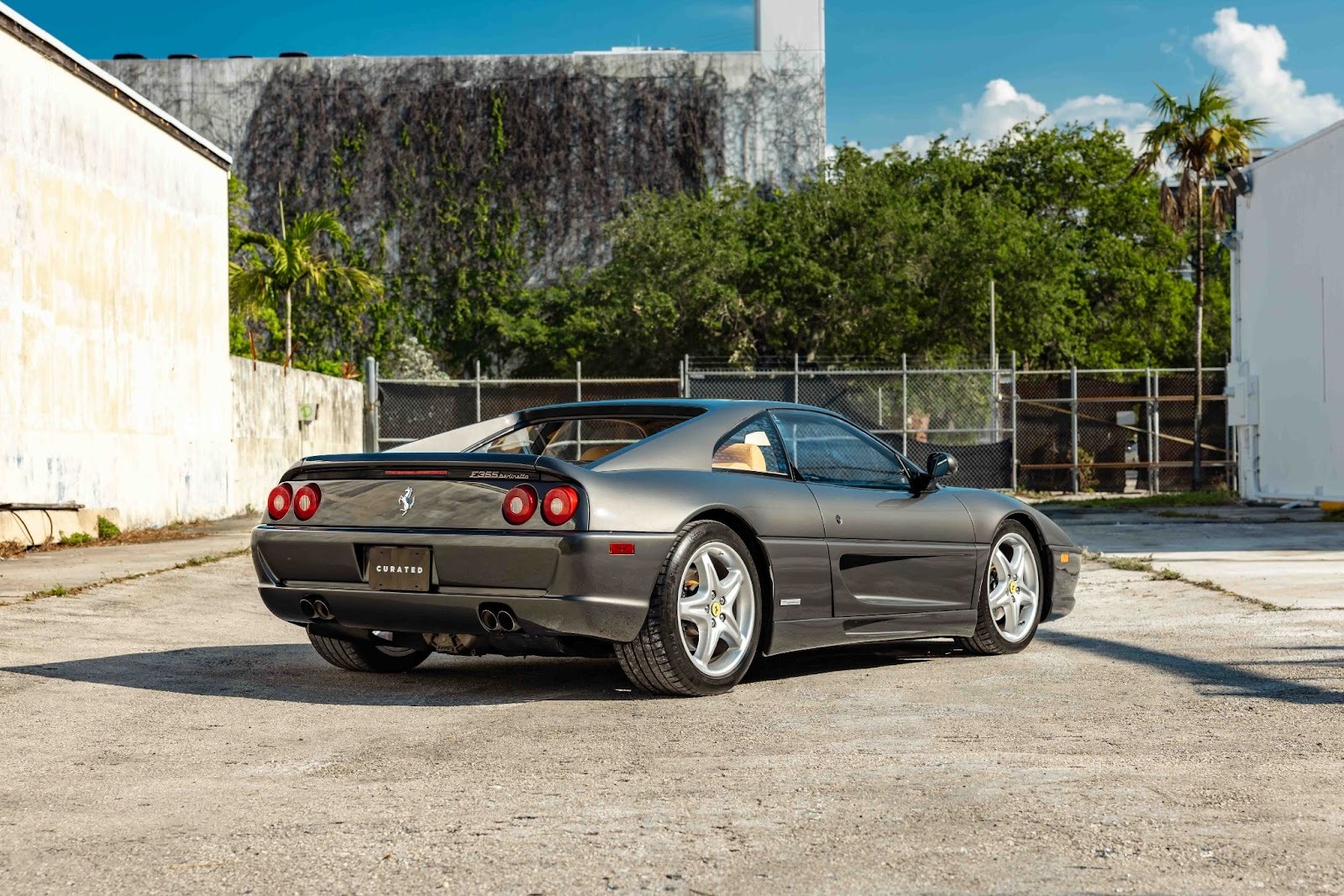









.webp)
